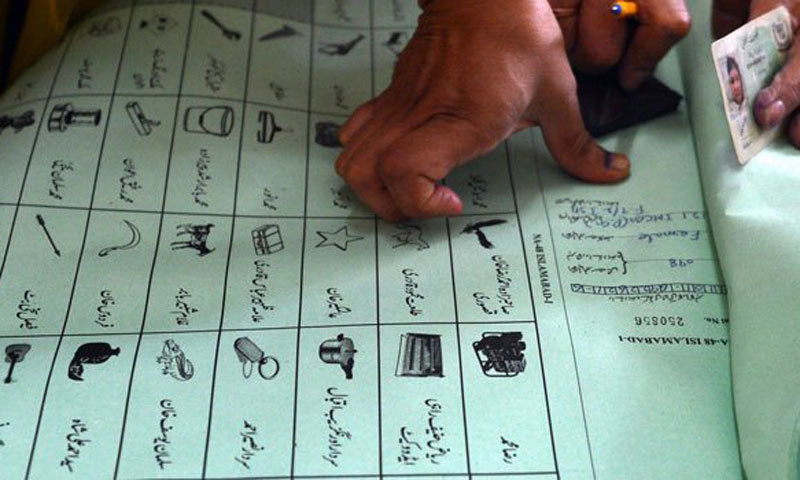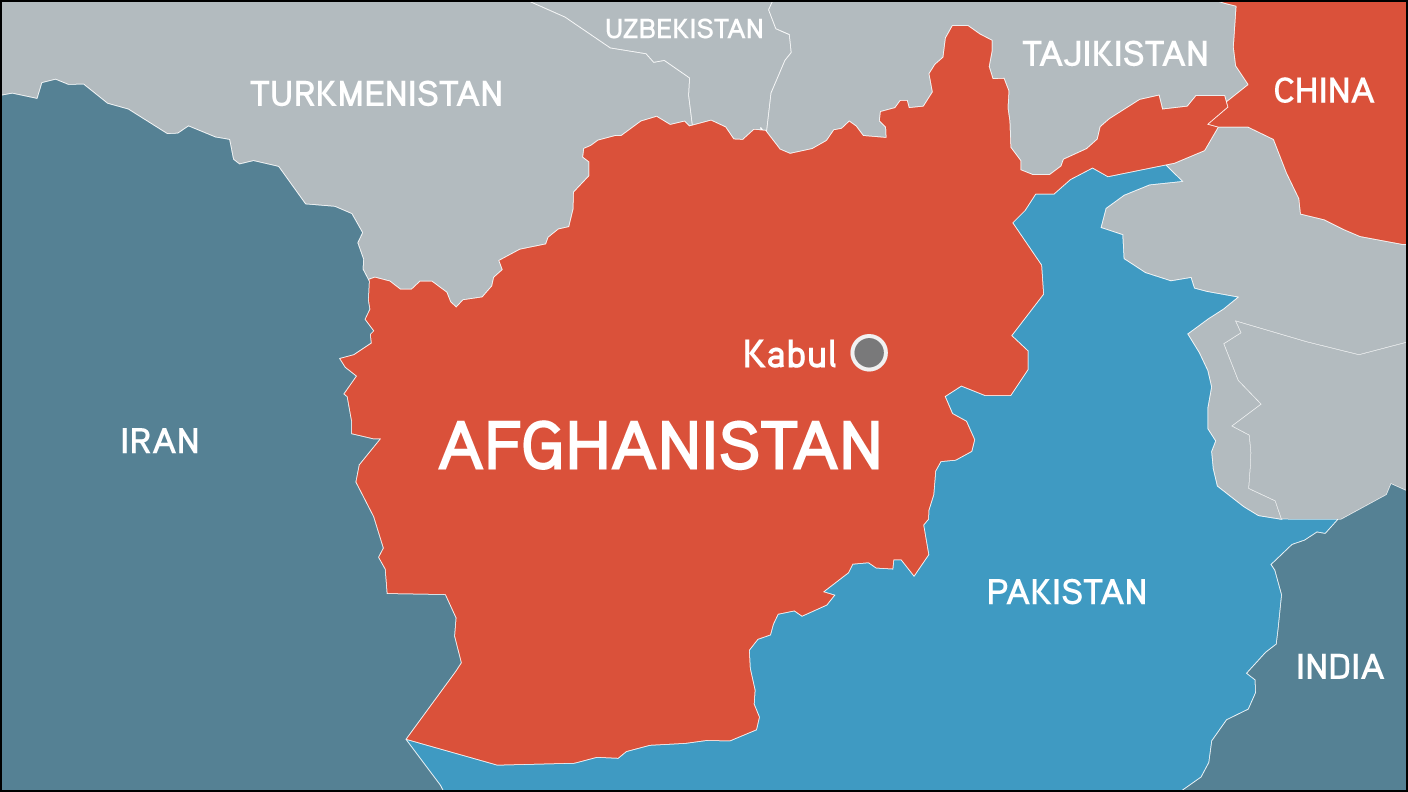Electricity generation, also known as power generation, is the process of producing electrical energy from various sources. There are different methods and sources used for electricity generation, each with its own unique characteristics and impacts. Here are some of the main sources of electricity generation:
Fossil Fuels: Fossil fuels such as coal, natural gas, and oil have traditionally been the most common sources of electricity generation. These fuels are burned to produce heat, which is then used to generate steam that drives turbines connected to electrical generators.
Nuclear Power: Nuclear power plants harness the energy released from nuclear reactions to generate heat. This heat is used to produce steam, which drives turbines to generate electricity.
Renewable Energy: Renewable energy sources include solar, wind, hydroelectric, geothermal, and biomass. These sources are sustainable and produce electricity with minimal environmental impact. Solar energy is harnessed using photovoltaic cells or solar thermal systems, while wind energy is generated using wind turbines. Hydroelectric power utilizes the energy of flowing water, while geothermal power taps into heat from the Earth’s core. Biomass energy is derived from organic materials such as wood, agricultural residues, and waste.
Other Sources: In addition to the above-mentioned sources, there are other methods of electricity generation, including tidal power, wave power, and even experimental technologies such as fusion power.
Each of these sources has its own set of advantages and challenges, and the choice of energy source for electricity generation often depends on factors such as availability, cost, environmental impact, and technological feasibility. As the world moves toward a more sustainable energy future, there is increasing emphasis on expanding the use of renewable energy sources and improving energy efficiency in electricity generation.
Pl, subscribe to the YouTube channel of republicpolicy.com
Pakistan’s power generation witnessed a significant decline in August 2024, plummeting by over 17% year-on-year (YoY) compared to the same period in 2023. This alarming trend, amid the country’s existing economic challenges, demands immediate attention.
The decline in power generation can be attributed to several factors:
High Electricity Charges: The excessively high cost of electricity has led to reduced consumption, resulting in lower demand. This has particularly impacted industrial activities, as consumers struggle to maintain purchasing power amidst high inflation rates.
Increased Solarization: The increasing adoption of solar energy has reduced the dependence on the national grid, contributing to the overall decrease in power generation. However, accurately quantifying off-grid solar production remains a challenge.
Monsoon Rains: Favorable monsoon conditions have led to lower power demand, as alternative sources such as agriculture and domestic use have been less reliant on grid electricity.
Impact on Capacity Charges
The decrease in power generation is anticipated to lead to higher capacity charges for the second quarter of the current fiscal year (2QFY25). This is expected to further strain the financial burden on the power sector.
Despite the decline in generation, the total cost of generating electricity decreased by 9.3% in August 2024 compared to the previous year. This reduction is primarily attributed to a significant drop in the cost of power generation from imported coal.
In May, hydel power emerged as the leading source of electricity generation, surpassing nuclear and RLNG. This shift reflects a growing emphasis on renewable energy sources.
Long-term Solutions Required: the decline in Pakistan’s power generation is a multifaceted issue with implications for both the economy and the environment. Addressing this challenge necessitates a comprehensive approach that includes reducing electricity charges, promoting renewable energy, and improving energy efficiency. As the country continues to grapple with these issues, it’s crucial to find sustainable solutions that ensure a reliable and affordable power supply.















